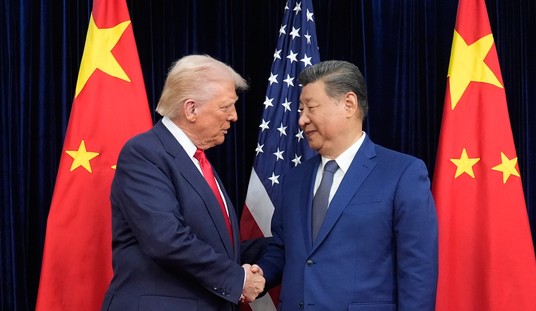The Washington Post promoted its latest in-depth reporting on the American intelligence community with its own microsite, press releases, and attention-grabbing headlines. The buzz was that the Post wanted to get the attention of Pulitzer Prize voters for Dana Priest and William Arkin, the main reporters for the effort. Initially, the series prompted a debate on journalism that got preempted by Journolist, Wikileaks, and the Sherrod story. In the end, it didn’t add anything all that interesting or unknown to the national debate except metrics, which is why it flopped, argues Judge Richard Posner in The New Republic:
The report is, in fact, a disappointment. It is descriptive rather than analytic, and the description is based entirely on two types of data, neither of which contributes to an understanding of the nature and problems of the nation’s intelligence system. The two types are statistics indicating the size and organizational complexity of national security intelligence, and expressions of exasperation at that size and complexity by former or current insiders. …
Merely counting the number of people, parking spaces, square feet of building space, and other countables lovingly recited in the Post‘s report conveys no useful information and will impress only naïve readers who have somehow failed to realize that the U.S. government and its major components are huge. The report conveys the impression of mindless growth in intelligence personnel, contractors, and facilities since the terrorist attacks of September 11, 2001. But that was a watershed event that justified expanding the intelligence system. Before the attacks there was little concern with terrorism, and after there was and there continues to be acute concern, along with virtually continuous warfare in central Asia and enhanced concern with the nuclear threats posed by North Korea and Iran. The report, because it makes no effort at meaningful disaggregation of the statistics of expansion, does not indicate how much of the recent growth in our intelligence facilities and personnel is legitimately responsive to threats to national security that have emerged (or first been recognized) since 9/11 and how much is waste engendered by political, commercial, and bureaucratic exploitation of people’s fears.
Several of the “wow” statistics highlighted in the report are completely meaningless. One is the number of persons—more than 850,000—who have top-secret clearances. A top-secret clearance is required for all sorts of activities that have nothing to do with intelligence, such as advanced weapons research, high-level military command, and the management of the nation’s nuclear arsenal. (A cafeteria worker in a weapons factory might require such a clearance.) It is well known that overclassification is rampant, and so the number of top-secret clearances may well be excessive. But the figure casts no light on overclassification of intelligence.
The problem appears to be more in the way that the Post sold the story rather than in the reporting itself. Unlike Posner, I believe that the metrics are newsworthy — when placed in context. Posner correctly rebukes the Post for not providing that context, especially in the light of the 9/11 attacks, which did require that the US takes terrorism a lot more seriously than it did on 9/10/01. (Many of us would argue that it should have been taken more seriously after the first World Trade Center attack in 1993, but the failure to do so was bipartisan.)
Otherwise, the series has been a dud. Merely reporting that almost 2,000 private-sector companies participate in national security means … well, not much, other than our contractor base appears more robust than first thought. One concern among defense analysts was that the consolidation in the defense and aerospace industries after the end of the Cold War made our contractor base too narrow and uncompetitive, with implications for rapidity of innovation and production. That fear may be unfounded, or at least not as big a worry as it has been painted. Posner also points out that the total amount spent in the private sector by government on national security per year, as reported by the Post, is about 0.5% of our GDP at $75 billion — which hardly seems like an unreasonable amount to spend on private-sector solutions.
Of course, we could ask whether those private-sector solutions are effective — but the Post’s series doesn’t really address that. It does discuss at length the confusion of the bureaucracy in the public sector, which sounds like an argument for more private-sector solutions rather than fewer.
Posner also takes issue with the tendency of the Post to dramatically overplay anecdotes on issues that have already been publicly reported:
The second type of data in the Post report is not statistical; it consists rather of anecdotes in which present or former members of intelligence agencies, or officials who interact with the agencies, express exasperation at the gaps and redundancies in the intelligence system and at the impossibility of sorting and analyzing the staggering amount of intelligence data that the system collects every minute of the year. Although anecdotes are not analysis and do not reveal the scope and gravity of problems, the problems revealed by the anecdotes that pepper the Post report are real. But they are also well known, rather than having been discovered, Watergate-fashion, by The Washington Post. The problems are more difficult to solve than the Post report, which attributes them to incompetence and giantism, lets on.
Again, sometimes anecdotes can help paint a picture, when put into context and when they tell a new story. That didn’t really happen with Top Secret America. Th effort was not a complete waste, but it wasn’t the blockbuster report that the Post reported. Did it add to the discussion on national security? I give it more credit than Posner does in that score, but it fell far short of its PR.








Join the conversation as a VIP Member